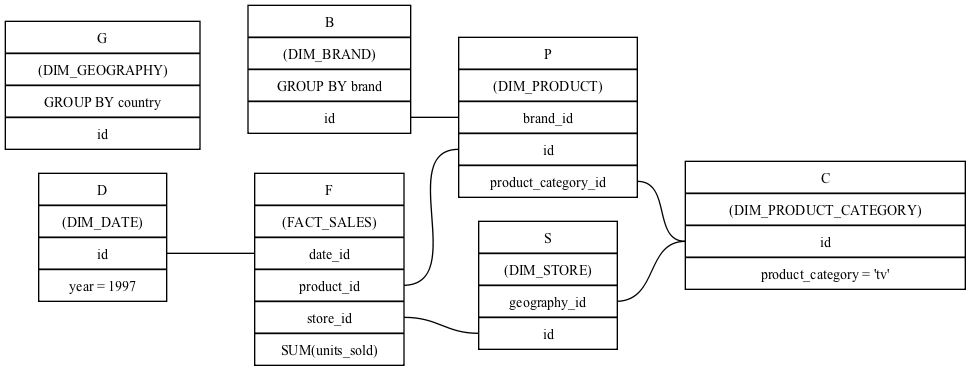Yoyo-migrations is a database schema migration utility using plain SQL and the DB-API.
What does yoyo-migrations do?
As database applications evolve, changes to the database schema are often required. These can usually be written as one-off SQL scripts containing CREATE/ALTER table statements (although any SQL or python script may be used with yoyo-migrations).
Yoyo-migrations provides a command line tool for reading a directory of such scripts and applying them to your database as required.
Database support
PostgreSQL, MySQL and SQLite databases are supported.
Usage
Yoyo-migrations is usually invoked as a command line script.
Examples:
Read all migrations from directory migrations and apply them to a PostgreSQL database:
yoyo-migrate apply ./migrations/ postgres://user:password@localhost/database
Rollback migrations previously applied to a MySQL database:
yoyo-migrate rollback ./migrations/ mysql://user:password@localhost/database
Reapply (ie rollback then apply again) migrations to a SQLite database at location /home/sheila/important-data.db:
yoyo-migrate reapply ./migrations/ sqlite:////home/sheila/important-data.db
By default, yoyo-migrations starts in an interactive mode, prompting you for each migration file before applying it, making it easy to choose which migrations to apply and rollback.
The migrations directory should contain a series of migration scripts. Each migration script is a python file (.py) containing a series of steps. Each step should comprise a migration query and (optionally) a rollback query. For example:
#
# file: migrations/0001.create-foo.py
#
step(
"CREATE TABLE foo (id INT, bar VARCHAR(20), PRIMARY KEY (id))",
"DROP TABLE foo",
)
The filename of each file (without the .py extension) is used as the identifier for each migration. Migrations are applied in filename order, so it's useful to name your files using a date (eg '20090115-xyz.py') or with another incrementing number.
yoyo-migrate creates a table in your target database, _yoyo_migration, to track which migrations have been applied.
Steps may also take an optional argument ignore_errors, which must be one of apply, rollback, or all. If in the previous example the table foo might have already been created by another means, we could add ignore_errors='apply' to the step to allow the migrations to continue regardless:
#
# file: 0001.create-foo.py
#
step(
"CREATE TABLE foo (id INT, bar VARCHAR(20), PRIMARY KEY (id))",
"DROP TABLE foo",
ignore_errors='apply',
)
Steps can also be python callable objects that take a database connection as their single argument. For example:
#
# file: 0002.update_keys.py
#
def do_step(conn):
cursor = conn.cursor()
cursor.execute(
"INSERT INTO sysinfo "
" (osname, hostname, release, version, arch)"
" VALUES (%s, %s, %s, %s, %s %s)",
os.uname()
)
step(do_step)
Password security
You normally specify your database username and password as part of the database connection string on the command line. On a multi-user machine, other users could view your database password in the process list.
The -p or --prompt-password flag causes yoyo-migrate to prompt for a password, ignoring any password specified in the connection string. This password will not be available to other users via the system's process list.
Connection string caching
The first time you run yoyo-migrate on a new set of migrations, you will be asked if you want to cache the database connection string in a file called .yoyo-migrate in the migrations directory.
This cache is local to the migrations directory, so subsequent runs on the same migration set do not need the database connection string to be specified.
This saves typing, avoids your database username and password showing in process listings and lessens the risk of accidentally running yoyo-migrate on the wrong database (ie by re-running an earlier yoyo-migrate entry in your command history when you have moved to a different directory).
If you do not want this cache file to be used, add the --no-cache parameter to the command line options.
What is new in this release:
- Fix for mismanaged 4.2.3 release
What is new in version 4.2.1:
- Bugfix for previous release, which omitted critical files.
What is new in version 4.1.6:
- Added windows support (thanks to Peter Shinners)
What is new in version 4.1.5:
- Configure logging handlers so that the -v switch causes output to go to the console (thanks to Andrew Nelis).
- ``-v`` command line switch no longer takes an argument but may be specified multiple times instead (ie use ``-vvv`` instead of ``-v3``). ``--verbosity`` retains the old behaviour.
What is new in version 4.1.3:
- Changed default migration table name back to '_yoyo_migration'
Requirements:
- Python


Comments not found